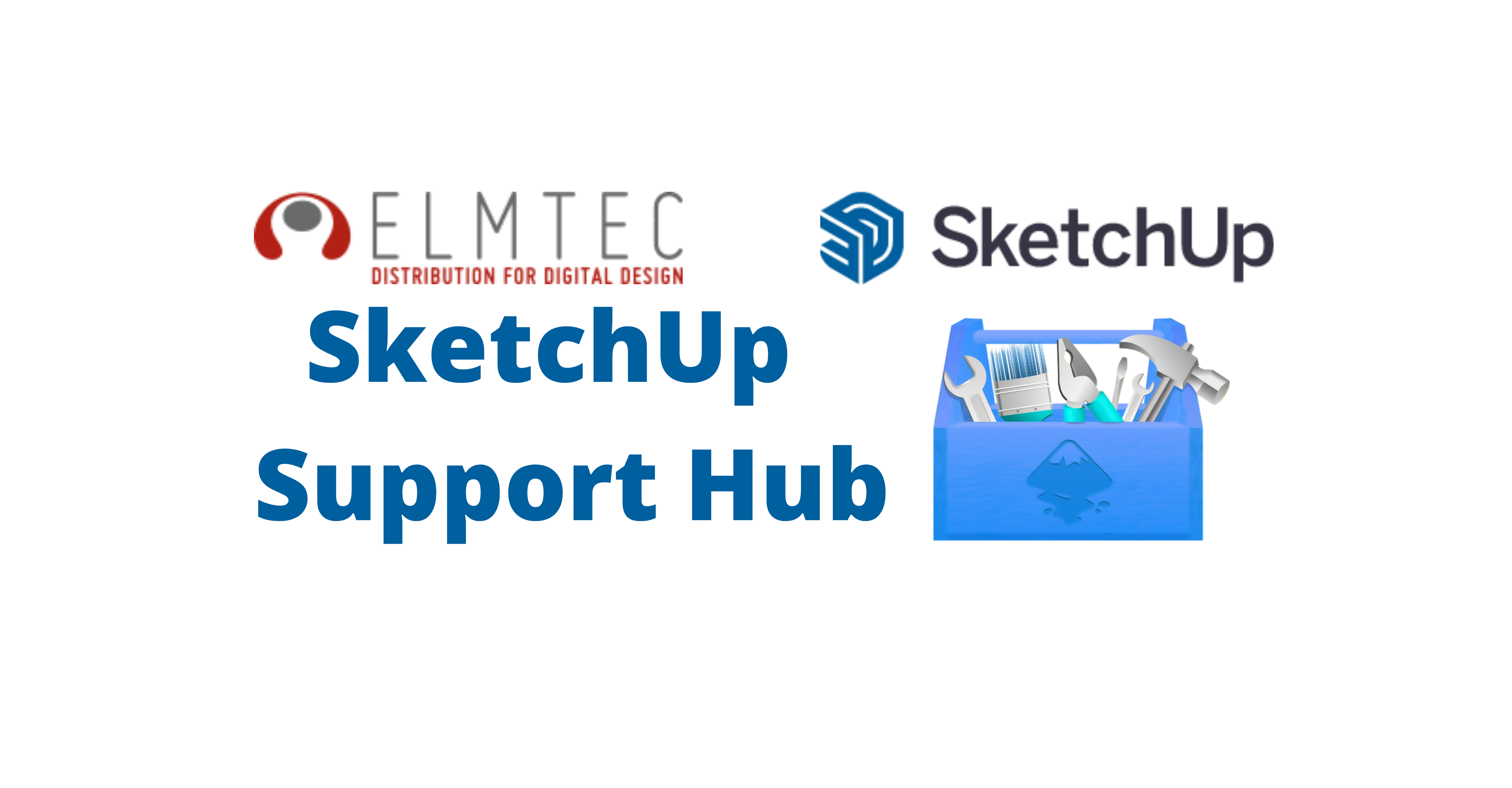Setting up Templates
There are several templates to choose from that will help speed up your design setup. Having the model’s default settings predetermined makes it much faster to get started.
You can add your own elements to a template and create your own if you wish. These include changing settings in the Model Info dialog, Geometry info, Styles and Shadows.
- The Model Info dialog box allocates the model defaults and your template should reflect these settings
- Saving existing geometry to a template means that it can be instantly available when you create a new model
- The styles browser presents sets of styles or the alternative is to set an individual face, background and watermark value
- Shadows aren’t switched on by default but you can add them along with their own preferences to a new template
How to change the default template
To begin, head to Windows > Preferences for Windows users and SketchUp > Preferences with macOS. Next, choose the template you would like to set as the default and click OK.
How to create a new template
Many of the designs that you create may well have a familiar group of settings. Setting up your projects is a matter of personal preference and depends on the type of models you often work on. Customising SketchUp by creating templates that match your individual needs is extremely useful.
You can use your existing default template to get started.
Simply make any of the changes you want to include in a template and select File > Save As Template.
Improving Sketchup Performance
There are 3 key elements that combine to create the peak performance for your modelling design experience.
When you have everything working in harmony, you can expect fast and efficient results that won’t break your flow of concentration.
These areas are optimising your modelling techniques, adjusting any necessary computer settings and changing OpenGL settings.
How to optimise modelling techniques for improved performance
As you create more faces and styles etc., SketchUp will continuously render the results. This is the workload pressure that the software is constantly putting on your system and can have big effects on the overall performance.
By keeping models light, you reduce that pressure and help keep things running smoothly and effortlessly.
Here are a few fundamentals that you might want to focus on to strip things back and lighten the load a little.
Use simple styles. Shadows and textures add plenty of weight to a design in terms of processing power. If they aren’t essential, then keep them turned off.
Create components. Turning elements into a component lets you use them many times if necessary. So rather than adding the same thing over and over, make it a component and simply replicate it.
Use .jpeg instead of .tiff. Importing images as a JPEG will result in far less data being transferred as the files are much smaller.
Hide unused geometry. Everything that is visible needs to be rendered. Try grouping certain elements together in layers and turn them on and off as needed.
Purge unused data. SketchUp keeps copies of old styles and components after you remove them just in case they are needed in the future. If you don’t need them again, then you can always remove them to speed things up a little. Go to Window > Model Info. Choose Statistics and Purge Unused.
How to verify the computer meets Sketchup Hardware and Software requirements.
Your hardware setup is one of the biggest factors worth considering when it comes to SketchUp performance. Even with the most organised workstation and light designs, you can’t make things faster if your computer isn’t up to the task.
You’ll need to ensure that you’re using a suitable graphics card, have enough RAM to perform any assigned processes and an adequate processor for the job.
For Windows 10 versions, for example, it’s recommended to have at least a 2GHz processor, 8GB of RAM, AMG or NVIDIA graphics card, 2GB of free disk space and 3D class video card.
Finally, always use any available SketchUp software and operating system updates.
How to adjust OpenGL settings to improve performance.
The Open Graphics Library is the SketchUp API which renders 3D graphics within the program. This along with the Anti-aliasing of jagged edges can cause performance issues for your system. So it’s good to know that it’s possible to adjust the preferences for both if necessary.
OpenGL
Go to Windows > Preferences or SketchUp > Preferences on masOS to begin making adjustments.
Select OpenGL and you’ll have a couple of options.
Use Maximum Texture Size – SketchUp doesn’t render graphics with anything over 1024 x 1024 resolution. This should be the default setting. But if your software feels sluggish, then it’s worth checking that this hasn’t been enabled somewhere along the line.
Use Fast Feedback – This setting can help improve performance, especially when working on larger models. It should be on by default but check that it is still switched on, just in case.
Anti-Aliasing
If you notice issues with the SketchUp performance or the visual appearance of your model, then you might want to check this setting.
Head to Window > Model Info and choose Rendering. Try deselecting the Use Anti-Aliased Textures feature to see if this helps to improve things.
Developing Tools with the Sketchup Ruby API and Console
SketchUp’s Ruby API allows you to create tools and menu items along with a host of other functions. Ruby is an open source programming language that makes it possible to integrate various changes to simplify processes for the user.
Naturally, you’ll need to be au fait with programming in this scripting language to add to the ongoing development.
The Ruby Console is also available for trying out any additions to see how they function within SketchUp.
SketchUp doesn’t offer any support for this at present. However, the developer’s forum is a great place to start if you have any questions.




